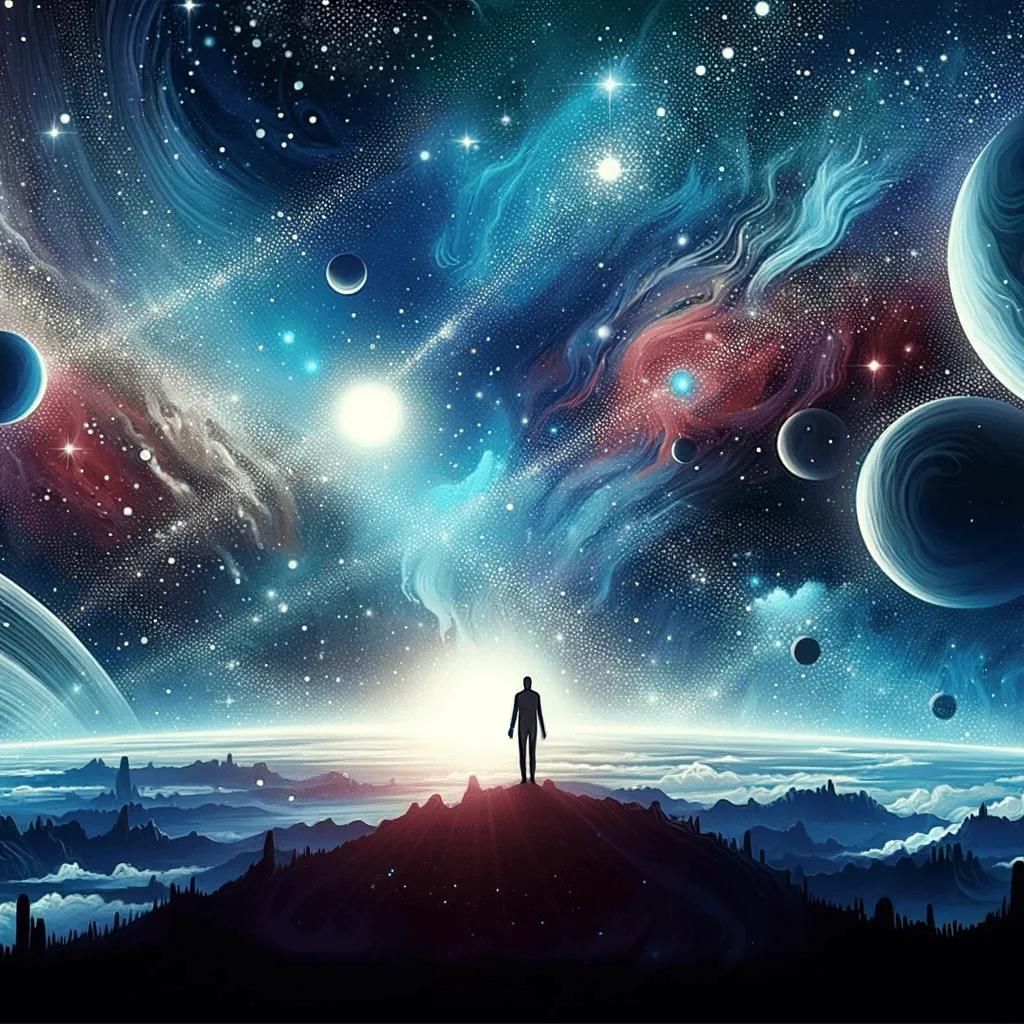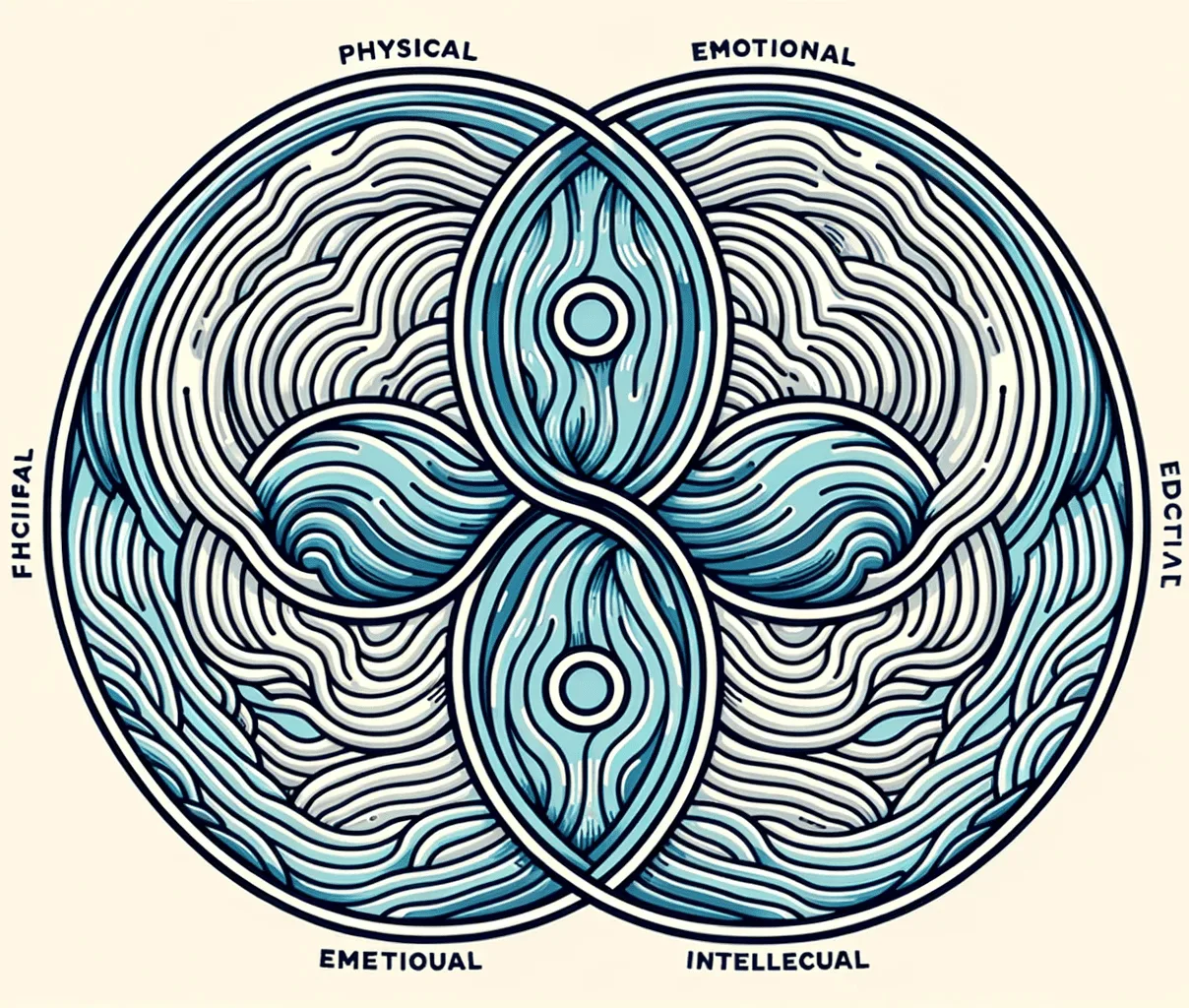
The Link Between Biorhythms & Astrology
Both biorhythms and astrology offer intriguing perspectives on the patterns and rhythms of human existence. While they have distinct origins and methodologies, there's a palpable connection between these two disciplines. This article explores the intersections, parallels, and shared wisdom of biorhythms and astrology in understanding our place in the universe.
article by Adrian Wallace
Ancient Wisdom & Patterns
Astrology, with its roots in ancient civilizations, studies the influence of celestial bodies on human affairs. Biorhythms, a more recent concept from the 20th century, focuses on inherent physiological and psychological cycles in humans. Both share a common thread: the belief in recurring patterns influencing individual experiences and behaviors.
The Rhythmic Dance: Biorhythms' Cycles
Central to biorhythmic theory are the three primary cycles: the 23-day physical, the 28-day emotional, and the 33-day intellectual. These cycles ebb and flow, influencing various aspects of our lives, from energy levels to emotional states to cognitive abilities.

Astrological Houses & Planetary Movements
In astrology, the positions and movements of celestial bodies, particularly the sun, moon, and planets, are believed to influence individual traits, emotions, and destinies. The zodiac, divided into twelve signs, and the twelve houses, each represent different life areas, from personal identity to relationships to career.
Moon Phases & Emotional Rhythms
One of the most notable overlaps between biorhythms and astrology is the 28-day emotional cycle and the lunar phases. The moon's cycle, approximately 28 days, has long been associated with human emotions, especially in women. This mirrors the biorhythmic emotional cycle, suggesting a potential celestial influence on our inherent rhythms.

Charts & Calculations
Both biorhythms and astrology offer personalized insights based on individual data. While biorhythmic charts are calculated using one's birth date to determine the rhythms' phases, astrological natal charts are cast based on the date, time, and place of birth, offering insights into personality, tendencies, and potential life paths.
Shared Skepticism & Belief
It's worth noting that both biorhythms and astrology have their share of skeptics and believers. While some argue that there's a lack of empirical evidence supporting these disciplines, others find profound personal resonance, guidance, and wisdom in their teachings.

Modern Fusion: Integrative Tools & Platforms
Today, with the rise of holistic wellness and the digital age, there are platforms and tools that integrate biorhythmic calculations with astrological insights. These integrative tools offer a comprehensive view, allowing users to explore the combined wisdom of both disciplines in their personal journeys.
The connection between biorhythms and astrology underscores humanity's timeless quest to understand the patterns of existence. Whether it's the rhythms within us or the celestial dance above, both disciplines offer lenses to view the intricate tapestry of life. As we continue to explore, learn, and grow, the harmonious interplay between biorhythms and astrology remains a testament to the universe's profound mysteries.
Published: 10/19/2023
Modified: 11/13/2023
More predictions
Come back here soon to learn more about yourself and your future


The Link Between Biorhythms & Astrology
Both biorhythms and astrology offer intriguing perspectives on the patterns and rhythms of human existence. While they have distinct origins and methodologies, there's a palpable connection between these two disciplines. This article explores the intersections, parallels, and shared wisdom of biorhythms and astrology in understanding our place in the universe.


The Dance Of Daily Rhythms
In the bustling town of Rhythmsville, everyone lived in harmony with a unique pulse, an inherent rhythm known as biorhythms. These rhythms, whispered tales said, were born from the cosmos, guiding each individual's physical, emotional, and intellectual tides.


Biorhythms In Our Daily Life
At the heart of our daily experiences lies a fascinating concept: biorhythms. These are proposed inherent cycles believed to influence our physical, emotional, and intellectual states. Born from early 20th-century theories, biorhythms have since permeated various aspects of our lives, from personal introspection to technological tools. But how do these rhythms interplay with our day-to-day activities?